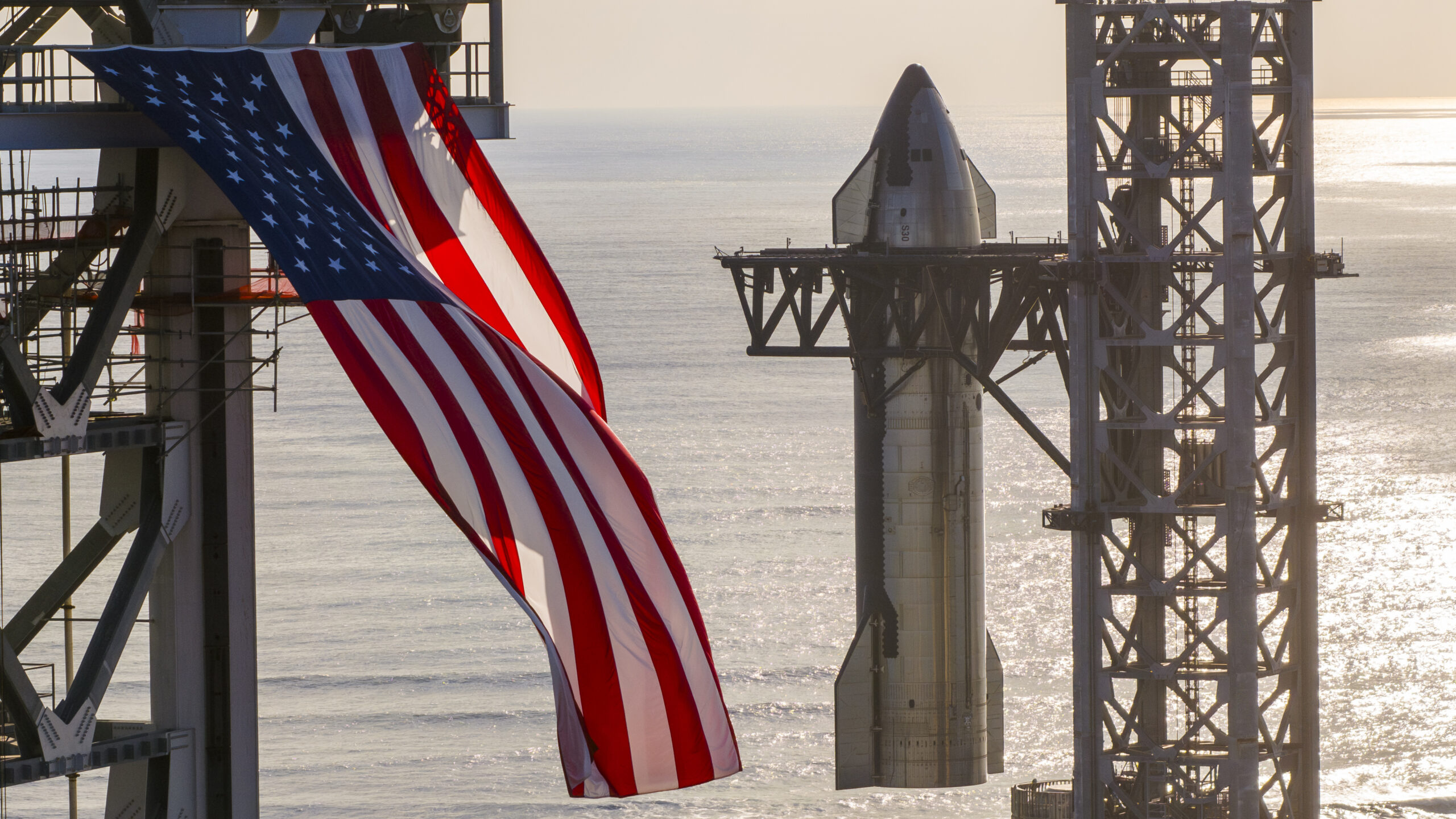SpaceX’s Starship program is making waves in the space industry, with its ambitious plans to launch the world’s tallest and most powerful rocket. This blog post explores the latest developments, including the upcoming Starship Flight 5 test and the rocket’s potential role in NASA’s Artemis 3 mission to the Moon. Discover how SpaceX’s reusable technology and innovative approach are shaping the future of space exploration. SpaceX Starship, Elon Musk

Starship Flight 5: SpaceX’s Next Big Step
SpaceX’s Starship program has been making headlines, and the upcoming Starship Flight 5 test is the latest exciting development. Scheduled for as early as October 13th, pending final FAA regulatory approvals, this test flight aims to build on the success of the previous Starship Flight 4, which marked the first time a Starship reached space and completed a smooth ‘soft’ splashdown in the Gulf of Mexico.
For Flight 5, SpaceX is hoping to recreate the Starship’s trajectory and target a splashdown site in the Indian Ocean. But the real game-changer is the attempt to return the rocket’s massive Super Heavy booster, powered by 33 Raptor engines, back to the launch pad. This will be the first time SpaceX tries to catch the booster using the ‘chopsticks’ of its Mechazilla launch pad structure, a system designed to enable quick turnarounds for Starship Super Heavy boosters.
Overcoming Regulatory Hurdles: SpaceX’s Struggle for Approval
Despite SpaceX’s readiness to launch Starship Flight 5 since August, the company has faced delays due to FAA reviews and proposed fines related to environmental concerns over the rocket’s water deluge system. The FAA initially said it would likely take until November to issue a license for the Starship Flight 5 launch, citing the need for additional reviews related to the water deluge system.
SpaceX has bristled at these delays and the potential fines, amounting to $633,000, related to Falcon 9 rocket launches. The company has even threatened to sue the FAA on the latter issue, expressing frustration with the lengthy government paperwork required to license a rocket launch, which they believe ‘directly threatens America’s position as the leader in space’.
This bureaucratic red tape has been a source of immense frustration for SpaceX and its CEO, Elon Musk, who have repeatedly emphasized their readiness to launch Starship Flight 5 for months. The company’s unwavering commitment to pushing the boundaries of space exploration is evident, and they are determined to overcome these regulatory hurdles to maintain the United States’ leading role in the global space race.
Despite the challenges, SpaceX remains optimistic about the Starship Flight 5 launch, with the company stating in a recent tweet that they ‘expect regulatory approval in time to fly on October 13’.
The Starship’s Ambitious Future: Lunar Missions and Beyond
The successful development of the Starship and its Super Heavy booster could have far-reaching implications for the future of space exploration. NASA has already selected SpaceX’s Starship as the lunar lander for its Artemis 3 mission, which aims to send up to four astronauts to the Moon for a crewed landing sometime in 2026.
Beyond the Artemis program, SpaceX has also sold at least one flight Starship to American billionaire Jared Isaacman, with reservations for another Starship trip around the Moon. Additionally, a Starship circumlunar flight previously reserved by Japanese billionaire Yusaku Maezawa was canceled earlier this year, indicating the high demand for Starship’s capabilities.
As the world’s tallest and most powerful rocket, the Starship and its reusable technology have the potential to revolutionize space exploration, making long-duration missions to the Moon, Mars, and beyond more feasible and cost-effective. With its innovative approach and unwavering commitment to pushing the boundaries of what’s possible, SpaceX is positioning itself at the forefront of the new era of space exploration.
